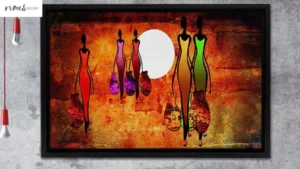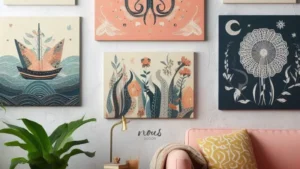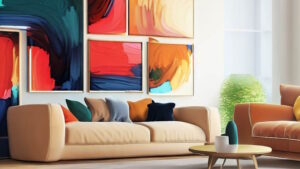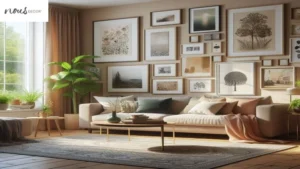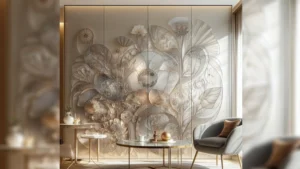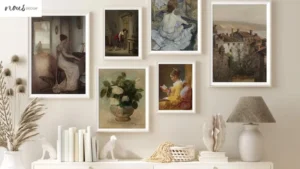We’ve always been fascinated by the beauty and creativity that comes with art. From the earliest cave paintings to the most modern street art, we’ve seen how humans have used different mediums to express themselves.
One of the most interesting and unique forms of art is plaster wall art. The process of creating plaster wall art involves sculpting, carving, and painting a three-dimensional surface, which can be hung on any wall of your home.
In this article, we will explore the history of plaster wall art, the materials and tools you’ll need to create your own masterpiece and techniques for designing and executing a stunning piece of art.
Whether you’re an experienced artist or a novice, this guide will provide you with inspiration and tips to create a unique and beautiful piece of plaster wall art that you can proudly display in your home.
So, let’s dive in and discover the fascinating world of plaster wall art with Nousdecor!
A Brief History of Plaster Wall Art
If you’re curious about how people have been decorating their homes for centuries, you’ll love this quick history lesson. Plaster wall art has its origins in ancient civilizations, where it was used to decorate temples, tombs, and palaces.
The Greeks and Romans also used plaster wall art extensively, with many examples still surviving today. Plaster wall art was often used to depict religious or mythological scenes, and it had significant cultural significance.
In the Middle Ages, plaster wall art was used to decorate castles, churches, and other important buildings. It was often used to create frescoes, which were large-scale paintings on the walls that were made by painting directly onto wet plaster. These frescoes were often used to tell stories or illustrate religious teachings.
Today, plaster wall art is still popular, and it is often used to create decorative wall panels, sculptures, and other decorative elements such as luxurious art deco designs.
If you’re interested in creating your own plaster wall art, read on to learn about the materials and tools you’ll need.
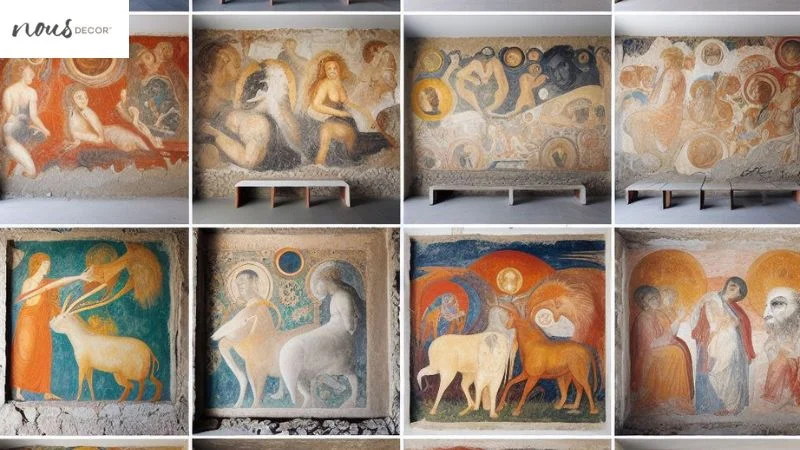
Materials and Tools Needed for Creating Plaster Wall Art
To bring your vision to life, you’ll need some basic supplies and tools that you probably already have around the house, as well as a few specialized items that can be found at your local hardware store or online.
Here’s a list of the materials you’ll need:
- Plaster of Paris: This is the main ingredient for your plaster wall art. You can find it at any craft store or online.
- Water: You’ll need water to mix the plaster with. Make sure it’s room temperature.
- Mixing bowl and spoon: You’ll need a bowl to mix the plaster in and a spoon to stir it.
- Molds: You can use anything from plastic containers to silicone molds. You can even make your own molds out of cardboard or foam.
- Sandpaper: You’ll need sandpaper to smooth out any rough edges after your plaster has dried.
- Paint: You can use any type of paint to add color and personality to your plaster wall art.
- Sculpting tools: You can use anything from toothpicks to knives to sculpt your plaster into intricate designs.
Once you have all your materials, it’s time to mix your plaster and start sculpting. There are many different sculpting techniques you can use, such as carving, molding, or stamping. Experiment with different techniques to find what works best for you.
Now that you have your materials and tools ready, let’s move on to techniques for designing and executing plaster wall art.
You’ll discover a variety of techniques for creating stunning designs and bringing your creative vision to life with these tips for designing and executing your own unique decor.
One of the most important aspects of designing plaster wall art is choosing the right color scheme. Whether you want to create a neutral, monochromatic look or a bold, vibrant statement piece, the colors you choose can set the tone for your entire design.
Techniques for Designing and Executing Plaster Wall Art
Experiment with different shades and hues, and don’t be afraid to mix and match colors to create a customizable wall artwork with visually interesting composition. Texture options are also a crucial element to consider when designing plaster wall art.
From smooth and polished finishes to rough and rustic textures, there are a plethora of options to choose from.
Consider incorporating different textures into your design to add depth and visual interest. You can achieve a textured plaster artwork through various techniques such as adding sand to your plaster mix or using tools to create unique patterns. With these techniques, you can create a truly one-of-a-kind piece of art.
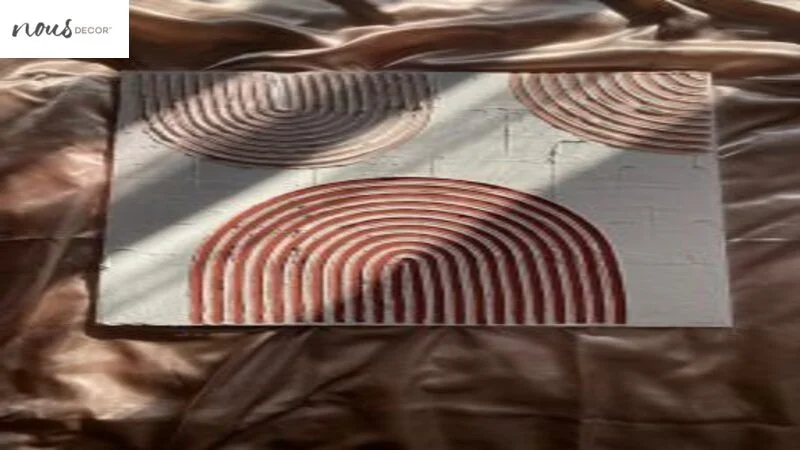
Moving on to inspiration for plaster wall art designs…
Inspiration for Plaster Wall Art Designs
Get inspired by the unique and creative designs showcased in this section, and let your imagination run wild with endless possibilities for adding depth and visual interest to your home decor.
When it comes to plaster wall art, the design options are practically limitless. You can draw inspiration from a variety of sources, including nature, abstract shapes, architectural elements, and more.
Consider playing with color palettes to create different moods and vibes within your space. You can choose bold, bright colors for modern art with a twist or stick to more traditional muted tones for a classic feel.
Whether you prefer modern or traditional styles, plaster wall art can add dimension and texture to your interior design. Try experimenting with different techniques, such as layering plaster to create a 3D effect or using stencils to add intricate details. The key is to let your creativity flow and have fun with it.
And once you’ve created your masterpiece, make sure to learn how to care for and maintain your plaster wall art to ensure it lasts for years to come.
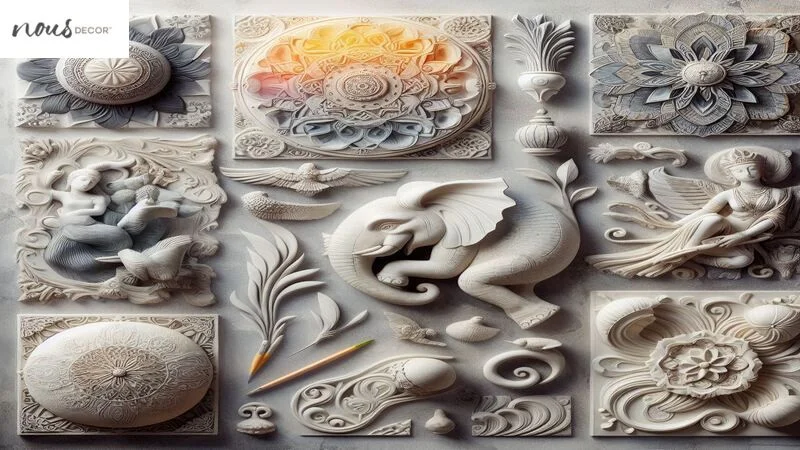
Caring and Maintaining Your Plaster Wall Art
Taking care of your unique and creative plaster wall art is essential for ensuring its longevity and adding depth to your interior decor. Cleaning techniques for wall art play a crucial role in maintaining the beauty of your wall art.
The first step to cleaning plaster wall art is to dust it regularly with a soft brush or cloth. This prevents dust and dirt from settling into the crevices and cracks of the design, which can lead to discoloration over time.
For tougher stains, use a damp cloth and mild soap to gently wipe the surface of the plaster. Avoid using harsh chemicals or abrasive cleaners, as they can damage the surface of the plaster and ruin the integrity of the design.
When displaying your plaster wall art, consider placing it in a well-lit area that is free from moisture and humidity. Direct sunlight and excessive moisture can cause the plaster to crack or fade over time.
By taking proper care of your plaster wall art, you can enjoy its beauty and uniqueness for years to come. When it comes to display options, there are many creative ways to showcase your plaster wall art.
Consider grouping multiple designs together to create a stunning gallery wall. Choose a variety of shapes and sizes to add visual interest and dimension to your space. Alternatively, you can place your plaster wall art on a shelf or mantel to add a pop of texture and color to your decor.
Regardless of how you choose to display your plaster wall art, make sure it is hung securely to prevent damage or accidents.
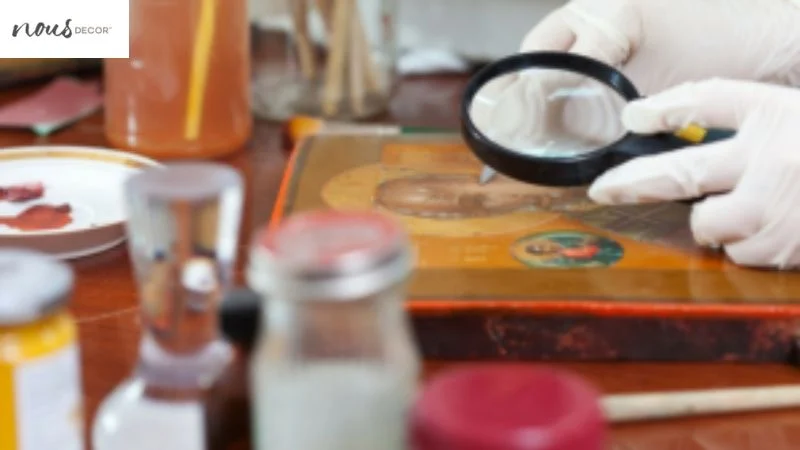
Frequently Asked Questions
Conclusion
Well folks, we’ve learned a lot about plaster wall art today. We’ve delved into its rich history, explored the necessary materials and tools, and discovered various techniques for creating stunning works of art.
But let’s get real here, who has the time and patience for all that? Sure, plaster wall art can be beautiful and add a unique touch to any space, but let’s not forget about the maintenance involved.
Dusting, cleaning, and repairing any cracks or chips can be a real pain in the butt. And let’s not even get started on the fact that it’s likely to go out of style in a few years anyway.
So, while plaster wall art may seem like a fun project to take on, let’s not forget about the long-term commitment it requires. Maybe it’s time to stick with a good ol’ fashioned painting or a trendy tapestry instead. Trust me, your future self will thank you.

